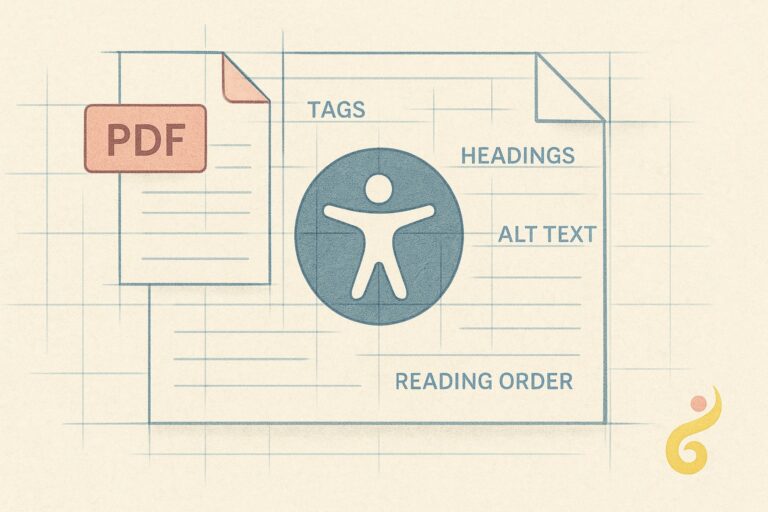The ongoing evolution of Artificial Intelligence presents both significant opportunities and new complexities for the business world. We’ve moved beyond AI systems limited to narrow tasks and are now encountering the more sophisticated potential of Agentic AI – systems designed to understand broader goals, operate with a degree of independence, learn from interactions, and execute tasks on our behalf.
As these advanced AI capabilities become more prevalent, the challenge for curious businesspeople is to look past the often-inflated rhetoric and gain a clear, practical understanding of what these systems can genuinely offer. How can we effectively evaluate their potential, differentiate true innovation from transient trends, and ultimately determine how Agentic AI can bring tangible value to our operations and strategies?
To address this need for clarity, my book, Generative AI for the Curious Businessperson, introduces a foundational framework: SMART GEAR.
This isn’t just another tech acronym to memorize. SMART GEAR is a comprehensive model for understanding and evaluating the core capabilities that make an AI system truly “agentic” – that is, able to act with a degree of intelligent autonomy to achieve specific objectives. Think of it as looking under the hood of these powerful new systems to see what makes them tick, and more importantly, what makes them useful.
So, what does SMART GEAR stand for? It encompasses nine crucial components that, when working in concert, define the power and potential of an agentic AI system:
- 🧠 S – Synthesis: The Magic of Making Meaning. This is about AI’s ability to pull together information from wildly different sources, connect the dots, and weave it all into something coherent, insightful, and often novel. It’s moving beyond knowing facts to understanding relationships and context.
- 💾 M – Memory: The Context That Makes AI Adaptable. True agentic AI needs more than just a short-term attention span. It requires both short-term context windows (to keep up with current interactions) and robust long-term memory to recall past interactions, user preferences, and learned information, enabling personalization and continuous improvement.
- ⚙️ A – Autonomy: Acting Without Constant Supervision. This is where AI starts to feel truly different. Autonomy is the ability of an agent to take initiative, make decisions, prioritize tasks, and handle exceptions within defined boundaries, without needing a human to guide every step.
- 🔄 R – Reflection: How AI Learns from Its Own Experience. This is the AI’s capacity for self-evaluation. A reflective agent can look back at its actions, assess outcomes, identify what worked (and what didn’t), and refine its approach for the future. It’s the engine of improvement.
- 🔧 T – Tool Calling: AI’s Smartest Shortcut. No AI is an island. Tool Calling enables an agent to leverage external resources, specialized software, APIs, and even other AI agents to perform tasks beyond its core capabilities. It’s about knowing what to do and also who or what else can help get it done.
- 💡 G – Generation: Creativity Meets Capability. This is the AI’s power to create something new – whether it’s text, images, code, plans, or novel solutions to complex problems. In agentic systems, this isn’t just novelty; it’s about producing outputs tailored to specific needs and goals.
- 🚀 E – Execution: Turning Plans into Actions. A brilliant strategy is useless if it isn’t implemented. Execution is the AI’s ability to manage tasks, carry out plans, coordinate resources, and see processes through to completion in the real world (or the digital one).
- 📊 A – Analysis: Data Done Right. In an age of information overload, the ability to sift through vast amounts of data, identify meaningful patterns, spot anomalies, and extract clear, actionable insights is critical. This is what the Analysis component delivers.
- 🤔 R – Reasoning: AI’s “Thinking” Process. This is where logic, inference, and problem-solving come into play. Reasoning allows an agent to connect cause and effect, weigh alternatives, navigate uncertainty, and make sound judgments based on the information it has synthesized and analyzed.
Why Does SMART GEAR Matter to You?
As you explore leveraging AI, whether for personal productivity, streamlining business processes, or developing new products and services, understanding these nine facets will empower you to:
- Ask Better Questions: When evaluating AI tools or proposals, you can inquire specifically about their capabilities in Synthesis, their Memory architecture, their degree of Autonomy, etc.
- Set Realistic Expectations: Knowing what goes into a truly agentic system helps you understand the current limitations and possibilities of AI.
- Identify Opportunities: The SMART GEAR framework can help you pinpoint which aspects of your work or business could most benefit from specific AI capabilities. For instance, if your challenge is information overload, an AI strong in Analysis and Synthesis might be key. If it’s about automating complex workflows, Autonomy and Execution become paramount.
- Build More Effective Systems: If you’re involved in designing or implementing AI solutions, thinking in terms of SMART GEAR can help ensure you’re building well-rounded and genuinely capable agents.
Over the next few [days/weeks/installments of this blog series], I’ll be taking a deeper dive into each letter of the SMART GEAR framework. We’ll explore what each component truly means, look at real-world examples (and some from the book!), and discuss how you can start thinking about these capabilities in the context of your own work and business challenges.
The journey into Generative AI and Agentic AI is just beginning. With a framework like SMART GEAR, my hope is to provide you with a reliable compass to navigate this exciting and transformative landscape.
What do you think? Which component of SMART GEAR sparks your curiosity the most right now? Let me know on the socials!
<<Image courtesy Gemini-2.5 pro and Imagen 3>>
<<Image Prompt:**Create a sophisticated and visually engaging blog header image for an article introducing the SMART GEAR framework. The image should be a 3D visualization of a mechanically plausible planetary gear system, representing the interconnected components of SMART GEAR.
The system features a large outer ring gear, with multiple smaller ‘planet’ gears meshing internally, conveying a sense of intricate, functional design. The nine SMART GEAR components (Synthesis, Memory, Autonomy, Reflection, Tool Calling, Generation, Execution, Analysis, Reasoning) must be clearly and elegantly labeled using only these specific terms as callouts positioned thoughtfully around the gear assembly, pointing to distinct parts or functions. Labels should be crisp, highly readable, and rendered in Primary White. Ensure no other text or labels are generated.
The overall style is modern, professional, and high-tech, with a clean aesthetic. Gears should have a polished metallic finish in shades of Primary Blue and Secondary Blue, with subtle highlights or connector elements in Accessory Teal and Accessory Orange.
The background is a solid #F5F5F5 (Light Gray). Soft studio lighting should emphasize the forms, functionality, and interconnectedness of the gear system, giving it an insightful and premium feel. The composition should be well-balanced for a blog header (e.g., aspect ratio 16:9 or similar wide format), allowing space for potential blog title overlays if needed, though no text should be part of the image itself beyond the component labels.**>>





